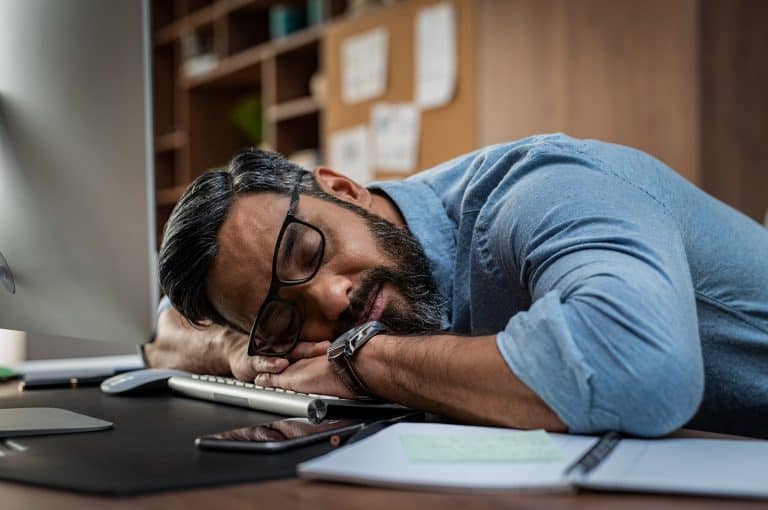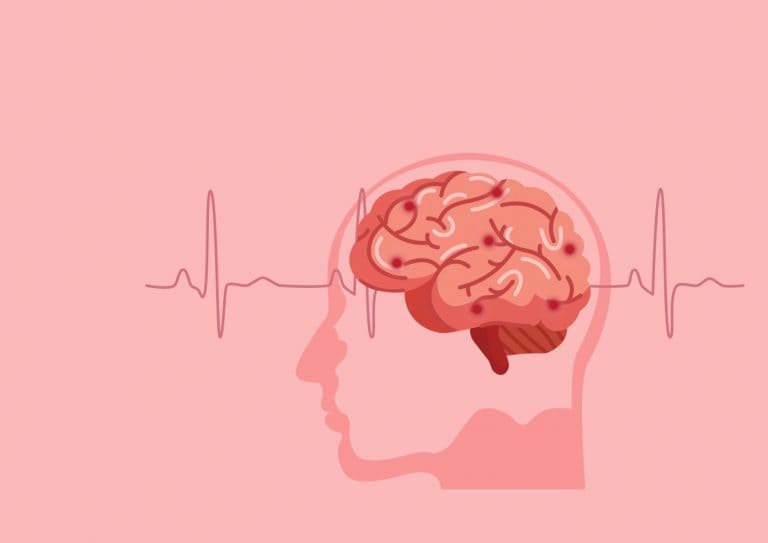Motorcycling – Back to Basics
The Highway Code
Admittedly riding a motorbike is not for everyone.
But for those of us who have caught the bug, every now and then it is important we balance the thrill of the ride with the wider legal and safety considerations. We ought to do this in order to keep ourselves (and other road users) whole, well and able to live to ride another day!
As BBK’s resident biker I am going to compose a series of blogs exploring some of these wider considerations and sharing my musings (for whatever they are worth!).
And yes, I am aware being a personal injury lawyer and a biker is somewhat of a juxtaposition! We are who we are! I was born to be wild…sometimes!
For bikers it is easy for us to get caught up in in-depth discussions about accidents which are ultimately very fact specific. The usual questions being:
- Who was at fault?
- Was the car driver looking?
- Was anyone charged by the Police?
- Was anyone speeding?
- Was it simply rider error?
- Did the pedestrian enter the road without any warning?
- Was the rider attempting to filter illegally?
- What were the weather conditions like?
- What was visibility like?
- Was the rider wearing appropriate safety gear?
- Did the car driver signal?
- Was anyone riding / driving under the influence?
- Was the rider / driver a young adult?
Now of course these can be important questions – especially when you come at it from a personal injury claim perspective. After all I am a personal injury lawyer, asking these questions comes naturally.
HOWEVER these are complicated, inter linking and often multifaceted questions, sometimes with corresponding complicated, interlinking and multifaceted answers!
What does the rider say? What does the driver say? What do the witnesses say? What does the forensic evidence say? What does the collision expert say? …and let us not forget the good old fashioned phrase:
“There’s yours, mine and the truth”
The above shows just some of the complicated considerations we as lawyers ponder when dealing with road traffic collision claims.
Is there a viable personal injury claim? How should blame be apportioned between those involved? What does the law say? What would a judge decide if the claim went to trial?
Knowing the answer to those questions is far from a straightforward task and I can guarantee Barry from your local pub does not know the answer even if he says he does! That is why specialist personal injury lawyers and road traffic collision experts exist. It is our job to wade our way through the various components and advise accordingly.
But as a rider it is perhaps more useful to, in the first instance, remind ourselves of the basic rules of the road to prevent accidents occurring in the first place. These rules are contained in The Highway Code. Of course it is useful to review all of the rules, especially the ones which apply to all road users/types of vehicles, but for the sake of this blog I am going to highlight some of the rules that are particularly relevant to motorcycling.
Here. We. Go!
The Highway Code: Rules for motorcyclists
Rule 83
On all journeys, the rider and pillion passenger on a motorcycle, scooter or moped MUST wear a protective helmet. This does not apply to a follower of the Sikh religion while wearing a turban. Helmets MUST comply with the Regulations and they MUST be fastened securely. Riders and passengers of motor tricycles and quadricycles, also called quadbikes, should also wear a protective helmet. Before each journey check that your helmet visor is clean and in good condition.
Laws:
- Section 16 and Section 17 of the Road Traffic Act 1988
- Regulation 4 of the Motor Cycles (Protective Helmets) Regulations 1988
Rule 84
It is also advisable to wear eye protectors, which MUST comply with the Regulations. Scratched or poorly fitting eye protectors can limit your view when riding, particularly in bright sunshine and the hours of darkness. Consider wearing ear protection. Strong boots, gloves and suitable clothing may help to protect you if you are involved in a collision.
Laws:
- Section 18 of the Road Traffic Act 1988
- Regulation 4 of the Motor Cycles (Eye Protectors) Regulations 1999
Rule 85
You MUST NOT carry more than one pillion passenger who MUST sit astride the machine on a proper seat. They should face forward with both feet on the footrests. You MUST NOT carry a pillion passenger unless your motorcycle is designed to do so. Provisional licence holders MUST NOT carry a pillion passenger.
Laws:
- Section 23 of the Road Traffic Act 1988
- Regulation 16 (6) of the Motor Vehicles (Driving Licences) Regulations 1999
- Regulation 102 of the Road Vehicles (Construction and Use) Regulations 1986
Rule 86
Daylight riding: Make yourself as visible as possible from the side as well as the front and rear. You could wear a light or brightly coloured helmet and fluorescent clothing or strips. Dipped headlights, even in good daylight, may also make you more conspicuous. However, be aware that other vehicle drivers may still not have seen you or judged your distance or speed correctly, especially at junctions.
Help yourself to be seen.
Rule 87
Riding in the dark: Wear reflective clothing or strips to improve your visibility in the dark. These reflect light from the headlamps of other vehicles, making you visible from a longer distance. See Rules 113 to 116 for lighting requirements.
Rule 88
Manoeuvring. You should be aware of what is behind and to the sides before manoeuvring. Look behind you; use mirrors if they are fitted. When in traffic queues look out for pedestrians crossing between vehicles and vehicles emerging from junctions or changing lanes. Position yourself so that drivers in front can see you in their mirrors. Additionally, when filtering in slow-moving traffic, take care and keep your speed low.
Remember: Observation – Signal – Manoeuvre
The Highway Code: General rules for all
Rule 159
Before moving off you should:
- Use all mirrors to check the road is clear
- Look round to check the blind spots (the areas you are unable to see in the mirrors)
- Signal if necessary before moving out
- Look round for a final check
Move off only when it is safe to do so.
Rule 160
Once moving you should:
- Keep to the left, unless road signs or markings indicate otherwise. The exceptions are when you want to overtake, turn right or pass parked vehicles or pedestrians in the road.
- Keep well to the left on right-hand bends. This will improve your view of the road and help avoid the risk of colliding with traffic approaching from the opposite direction.
- Drive or ride with both hands on the wheel or handlebars where possible. This will help you to remain in full control of the vehicle at all times. You may use driver assistance systems while you are driving. Make sure you use any system according to the manufacturer’s instructions.
- Be aware of other road users, especially cycles and motorcycles who may be filtering through the traffic. These are more difficult to see than larger vehicles and their riders are particularly vulnerable. Give them plenty of room, especially if you are driving a long vehicle or towing a trailer.
- Select a lower gear before you reach a long downhill slope. This will help to control your speed.
- When towing, remember the extra length will affect overtaking and manoeuvring. The extra weight will also affect the braking and acceleration.
Rule 161
Mirrors: All mirrors should be used effectively throughout your journey. You should:
- Use your mirrors frequently so that you always know what is behind and to each side of you
- Use them in good time before you signal or change direction or speed
- Be aware that mirrors do not cover all areas and there will be blind spots. You will need to look round and check.
Know the rules of the road
As a rider, preventing an accident should be your priority, you do not need me or anyone else to tell you what the potential consequences could be if you don’t.
Going back to basics, by revising and remembering the rules contained in The Highway Code is a great start and a brilliant preventative measure. No one is above reviewing the rules regardless of experience. How many of us full license holders would pass our theory test first time around now, without revising first?
There is no escaping the increased danger and vulnerability that comes with riding a bike. Unfortunately, as riders, we all know too well accident prevention is not always possible and sometimes awful injuries are sustained in accidents caused by someone else’s negligence. But you can cross that bridge, if you are unlucky enough to get to it by seeking specialist legal advice after it has happened. Hopefully you will never need to.
… just remember…keep to the code!!!










